
Numismatic Guaranty Company® (NGC®) uses a variety of proprietary techniques to remove harmful surface contaminants, stabilize and protect a coin's surfaces and, in many cases, improve a coin's eye appeal. After coins are conserved, they are then graded and encapsulated. Below are a few highlights of coins that were conserved and graded by NGC recently.
Improper long-term storage often leads to dreadful residues. This 1891 Nickel was recently submitted for conservation to address the heavy spotted orange-brown residue predominantly afflicting the obverse. Opaque residues such as the one seen here can hide original surfaces, preventing the coin from presenting its true splendor. In addition to being unattractive, heavy residues can also begin the process of permanent damage to the original surface. Fortunately for this nickel, the heavy residues were safely removed to reveal a bright, lustrous coin beneath. After skillful conservation, this coin was able to grade numerically with NGC.
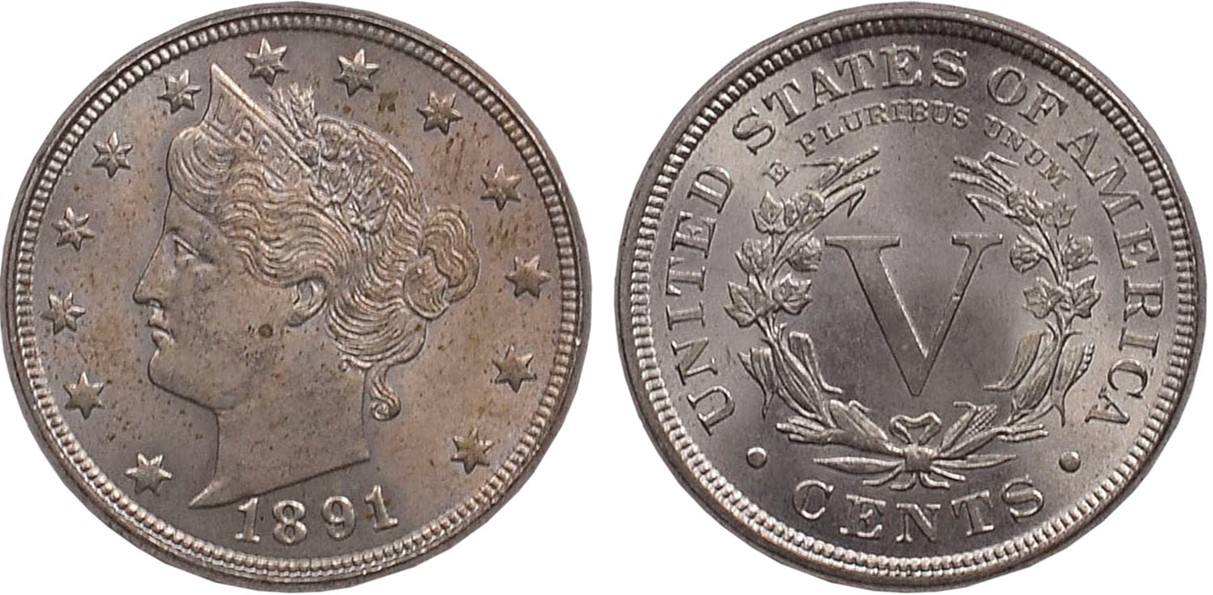 |
1891 Liberty Nickel
Before Conservation
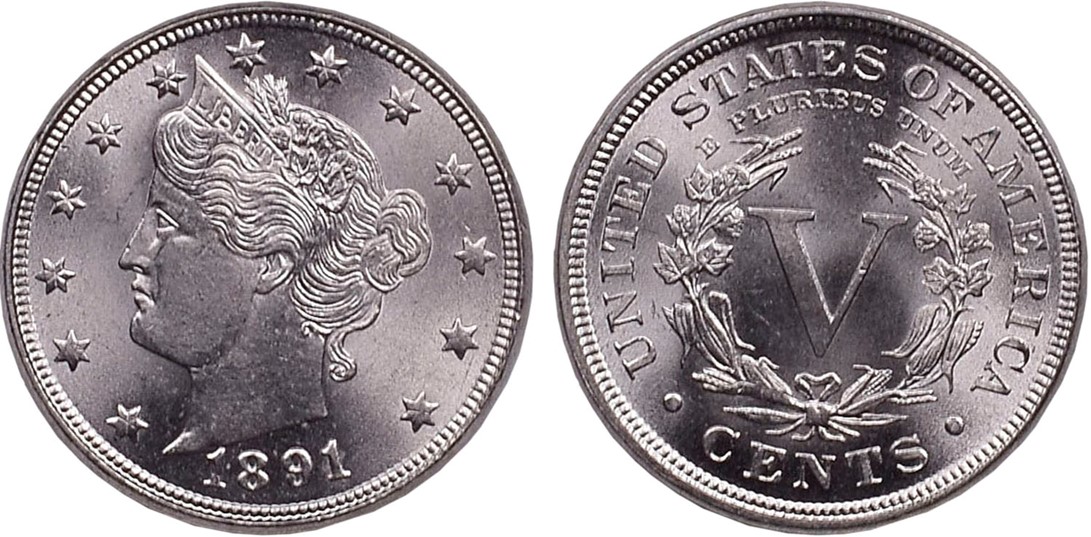 |
1891 Liberty Nickel
After Conservation
Long-term storage in holders that are not airtight creates the perfect opportunity for detail-obscuring residues to form. This 1950-S Roosevelt Dime was submitted to address a heavy opaque residue that had formed uniformly over the entire surface. Opaque residues like these can hide details, preventing a coin from realizing its true potential in grading. After careful conservation work removing opaque residue without causing damage to the surface underneath, this silver coin was revealed to be problem-free with a bright, flashy luster. This coin was able to grade very well with NGC following the professional conservation.
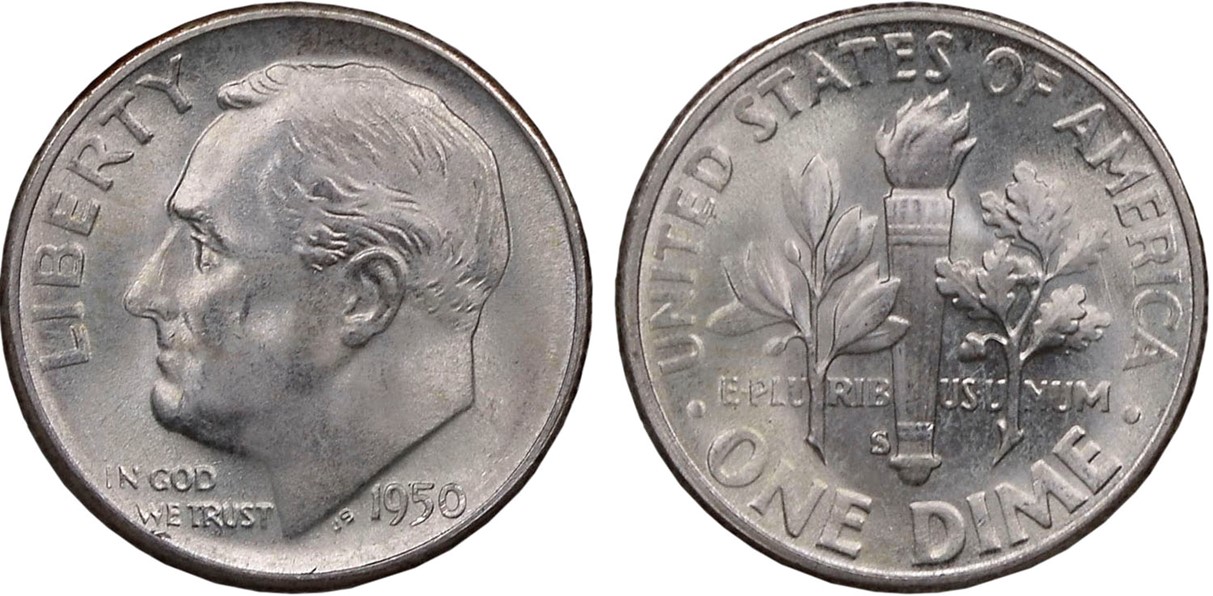 |
1950-S Roosevelt Dime
Before Conservation
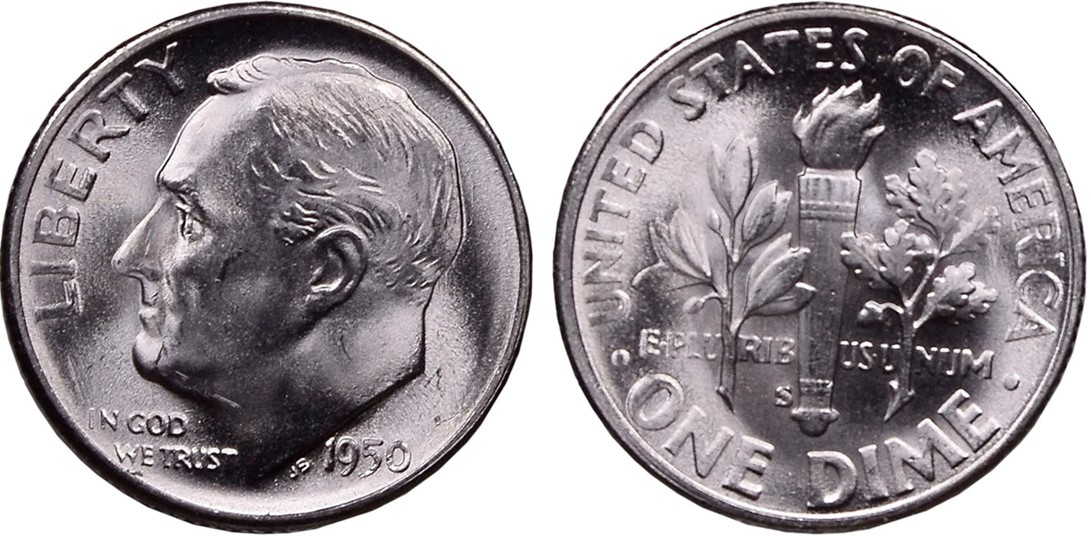 |
1950-S Roosevelt Dime
After Conservation
Glue residues are left on the surface of a coin through much more direct means than the passive residues caused by improper storage. This 1883-CC Morgan Silver Dollar was recently submitted to NGC to remove a strange-appearing glue residue that had adhered to the reverse, obscuring the original surfaces. Glue residues can be unstable in long-term storage and, as such, will cause a coin to be rejected when submitted for NGC certification. Professional conservation requires skill in removing the raised glue residue while preventing damage to the original surface in the process. Professional conservators were able to remove the offending glue residues on this silver dollar and reveal a bright and lustrous coin, which was able to grade well with NGC.
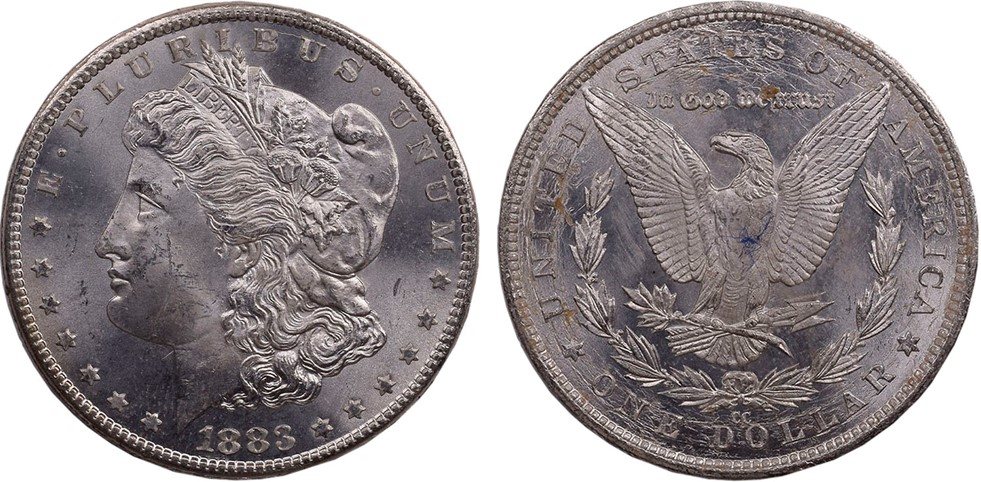 |
1883-CC Morgan Silver Dollar
Before Conservation
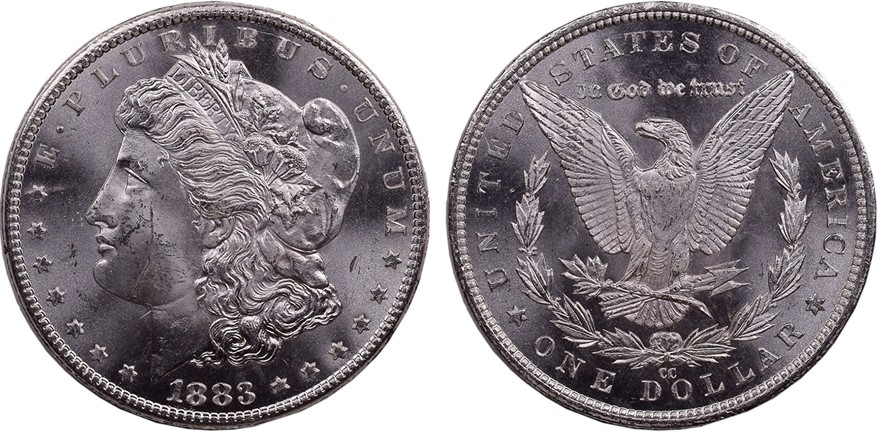 |
1883-CC Morgan Silver Dollar
After Conservation
For more information about NGC Conservation, visit NGCcoin.com/ngc-conservation.